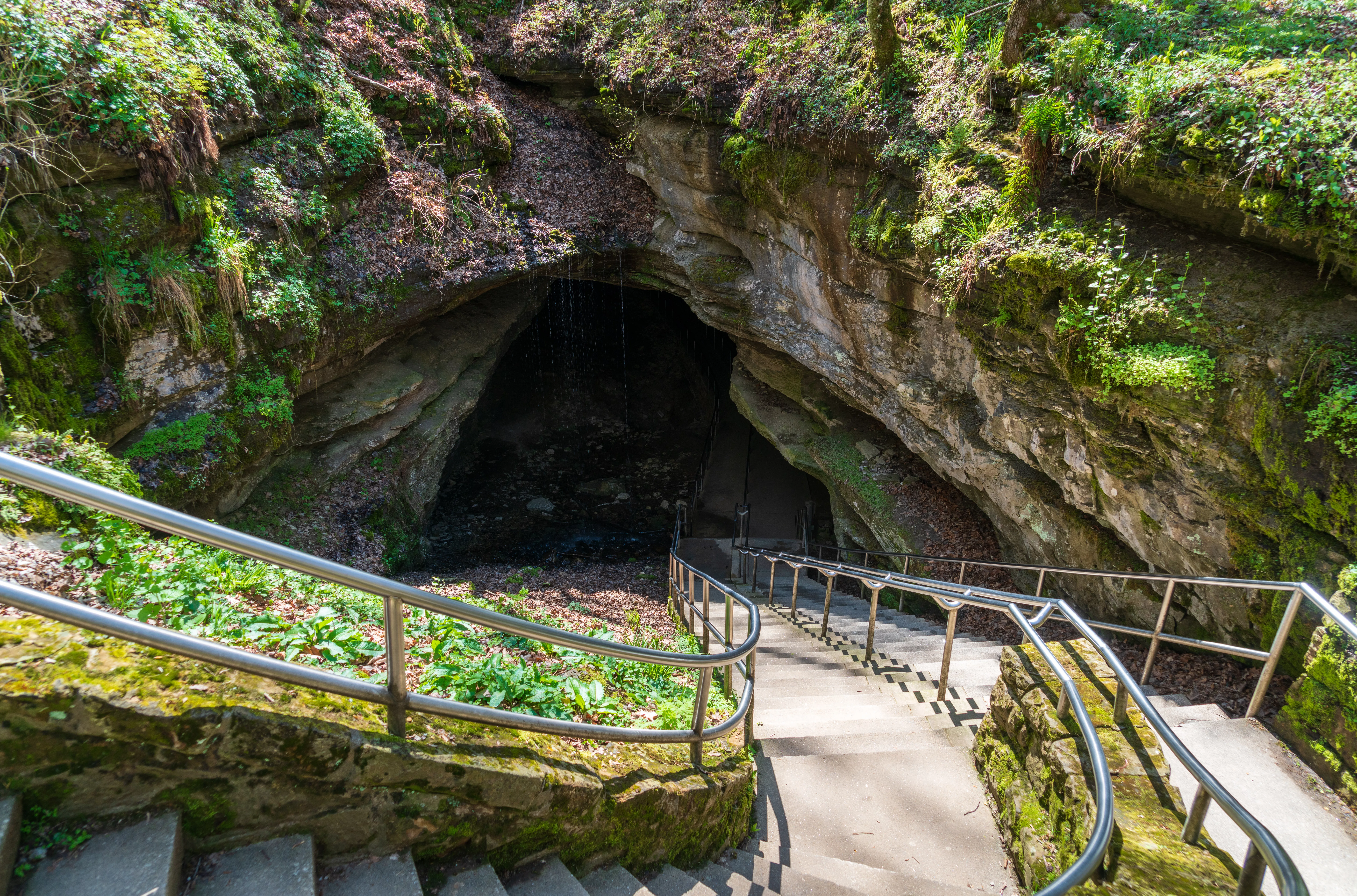Kentucky’s Tourism Numbers Smaller When Adjusted for Inflation, Despite Claims of ‘Record’ Year

FRANKFORT, Ky. — Kentucky’s tourism industry celebrated a record-breaking year in 2022, generating nearly $13 billion in economic impact, according to state officials. However, a closer examination of the numbers, when adjusted for inflation, paints a slightly different picture.
In an article published by the Associated Press on Tuesday, Bruce Schreiner reported that the Bluegrass State’s tourism numbers surpassed pre-pandemic levels, with attractions such as renowned horse farms, bourbon distilleries, and Mammoth Cave National Park drawing visitors from across the country. The state’s Democratic governor, Andy Beshear, hailed the success as “historic.”
But when the figures are adjusted for inflation, the economic impact of tourism in Kentucky in 2022 is actually smaller than in 2019. According to data from Wolfram Alpha, the inflation rate in the United States from 2019 to 2022 was 17.91%. Using this rate, the $11.8 billion in economic impact in 2019 translates to approximately $13.92 billion in 2022 dollars.
This means that the $12.9 billion generated in 2022 is, in fact, less than the adjusted 2019 figure, challenging the narrative of an unprecedented success.


Despite this, the state’s tourism industry has shown resilience and growth in other areas, according to tourism industry marketing professionals cited in the AP report. Attendance at distilleries along the Kentucky Bourbon Trail surpassed 2 million for the first time ever in 2022, and the Kentucky Bourbon Trail Craft Tour had its best year, with attendance reaching 738,287.
The state’s support for tourism, including $75 million in federal pandemic relief funding for tourism recovery and another $150 million for improvements at state parks, has undoubtedly contributed to the industry’s rebound.
Mike Mangeot, commissioner of the Kentucky Department of Tourism, expressed excitement over the strong return to travel in 2022. The state’s efforts in marketing and attracting meetings and conventions have played a significant role in the recovery.
However, the inflation-adjusted numbers provide a more nuanced understanding of the economic impact of tourism in Kentucky. While the raw figures indicate a record year, the real value of the economic impact is slightly below the previous high in 2019.
This analysis does not diminish the hard work and investment that have gone into revitalizing Kentucky’s tourism industry. The state’s attractions continue to draw crowds, and the industry is on track to break last year’s record, according to Eric Gregory, the Kentucky Distillers’ Association’s president.
But as the state and the nation continue to grapple with economic challenges, including inflation, a comprehensive view of the numbers is essential. The success of Kentucky’s tourism industry in 2022 is a testament to resilience and innovation, but the inflation-adjusted figures offer a more tempered perspective on the growth.
Top photo: The Entrance to the Caves Mouth at Mammoth Cave National Park. (Adobe Stock)
Recommended Posts

Kamala Harris needs a VP candidate. Could a governor fit the bill?
Fri, July 26, 2024
After cyber-attack on Jefferson County Clerk, Fayette counterpart discusses precautions
Fri, July 26, 2024
An eastern Kentucky animal shelter is swelling this summer
Fri, July 26, 2024